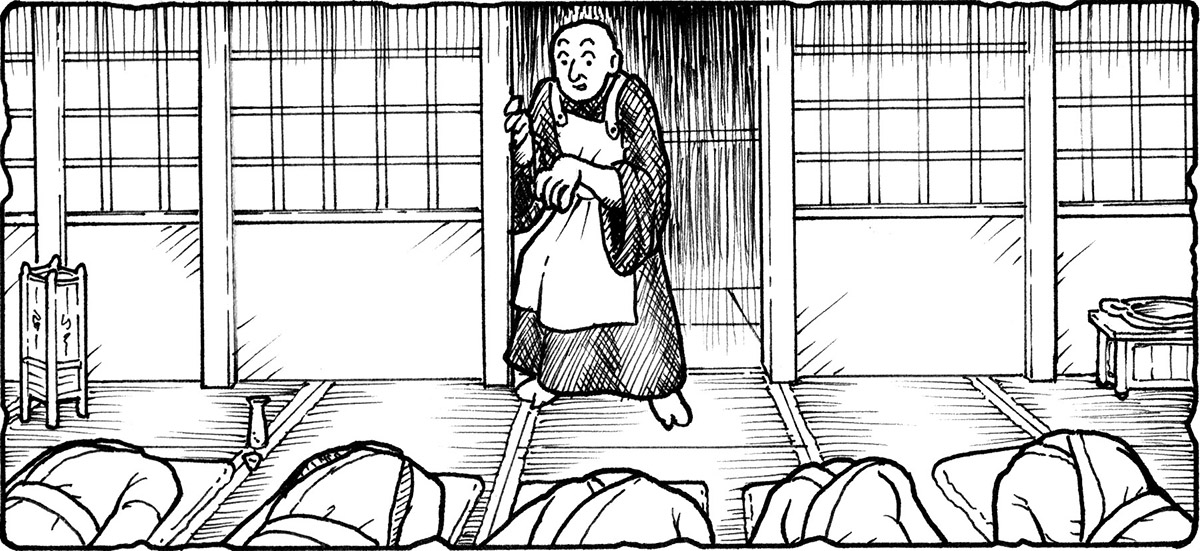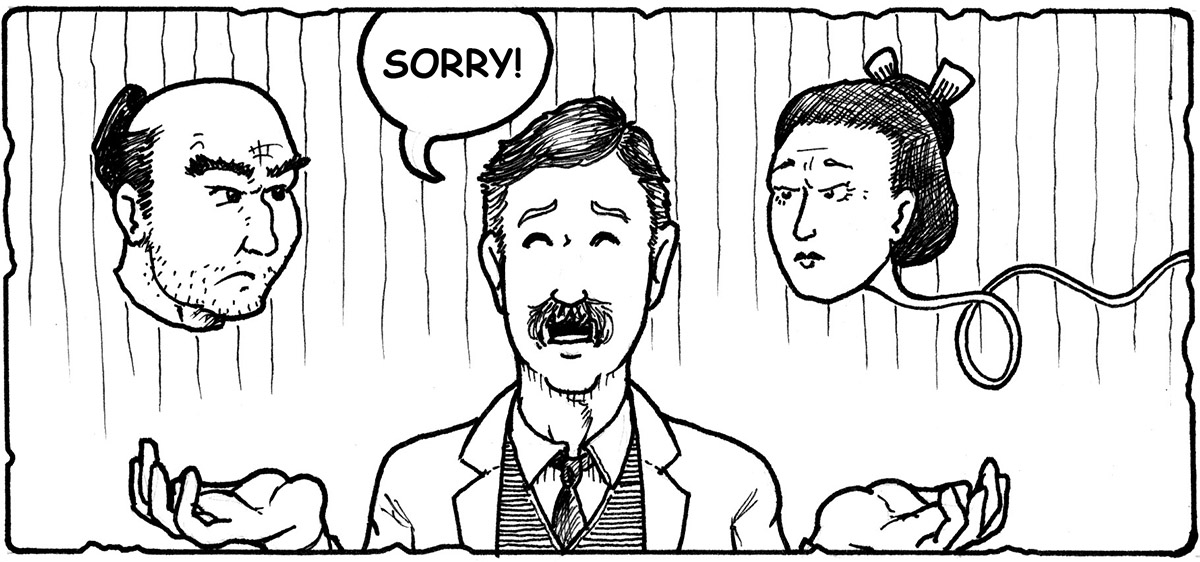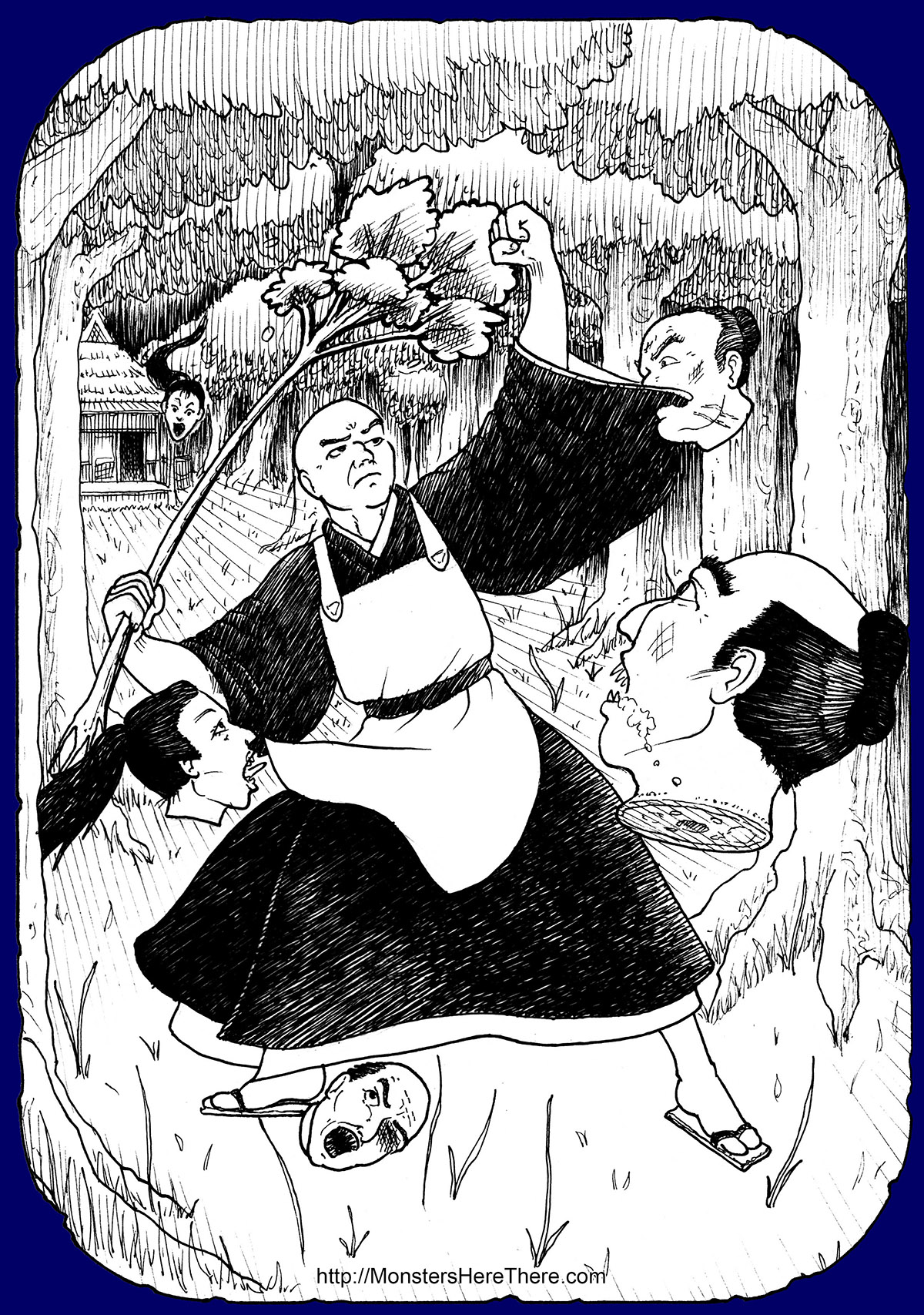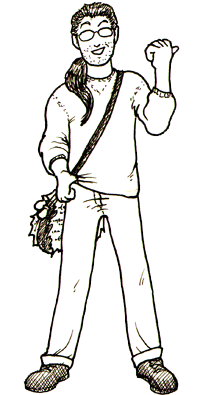Area(s) Reported: Asia: Japan: Yamanashi Prefecture
Date(s) Reported: 1441
Tales of the Nuke-Kubi -- a name that roughly means "cut necks" or "detaching necks" -- are said to have been reported in Japan since at least the 17th Century; strangely though, the best known tale of these monsters comes from a foreigner who was living in Japan at the turn of the 20th Century. Sometime around 1441 CE, the story goes, a man called Kwairyou ― a strong samurai warrior who had decided to leave off fighting wars to be a Buddhist priest ― was walking to a temple in the province of Kai (now Yamanashi Prefecture) when he got caught out in the woods at nightfall. A kindly woodcutter offered the priest a place to sleep for the night, and so the two of them went to the woodcutter’s tiny house which he shared with four other family members. After introductions and some polite conversation, Kwairyou excused himself for the night and was given a small side room with bedding all to himself. He sat down in his bedchamber to read prayers for the benefit of the woodcutter, and did so until late at night. Growing tired and thirsty, Kwairyou decided to fetch himself some water from the back of the house; and so, very quietly, he opened the screen door of his room to sneak to the back. To his horror, he found the bodies of the woodcutter and his family members lying on the ground... without heads! 
At first Kwairyou imagined some terrible crime must have happened; but soon he noticed that there was no blood in the room, and the necks did not look as if they had been cut. Realizing he was dealing with monsters, he threw the body of the woodcutter out through the window in his room; Kwairyou knew that if the head couldn’t find its body, then the monster would likely be doomed. The Nuke-Kubi Attack Kwairyou carefully snuck out of the hut; he spotted the heads floating in a grove behind the house and quietly approached them. Listening carefully, he confirmed the monsters were planning to eat him ― and so the warrior priest decided to attack the flying heads first. He beat and chased off four of the heads with a small tree he pulled up; but the woodcutter’s head, informed that his body was now missing, clamped his teeth onto Kwairyou’s robe and, no matter how much it was hit, would not let go. The other four heads found their bodies and, terrified, ran into the woods to get away from the fierce priest. Unable to remove the dead woodcutter’s head from his robe, Kwairyou decided to just ignore it and walk to the next town; and not surprisingly, when he reached town he was arrested. No one believed his wild story until an expert examined the woodcutter’s head hanging from Kwairyou’s sleeve; by noting the clean cut of the neck and a small number of strange red characters on the nape of the neck, the creature was identified as one of the monsters that had been terrorizing the village. The strange creatures caused no more trouble after Kwairyou was done with them! This story was published by Lafcadio Hearn in his 1904 book, Kwaidan: Stories and Studies of Strange Things. Hearn had taken up residence in Japan after a life traveling the world as a journalist, and had a special interest in old tales and legends which he collected from the book stores around him. It's very likely he encountered the tale above in just such an old book. Kwaidan was released in both English and Japanese at the same time, and sold very well in both languages worldwide. There was, however, some confusion. The legends of the "Nuke-Kubi" in Japan were -- and are -- often confused with legends of another monster called a "Rokuro-Kubi." Modernly, the name 'Nuke-Kubi' is used to refer to humans whose heads become detached and fly on there own, sometimes using the ears as wings; the name 'Rokuro-Kubi,' which translates roughly as 'wild twisting neck,' is used to refer to humans whose heads float about as their necks stretch to great lengths and become impossible thin. At the time Lafcadio Hearn was writing, however, the names of these two creatures were often used in Japan as if they were the same, and it appears that the two different creatures were essentially considered to just be variations on the same monster. 
Because of this mix, Hearn named his tale of the 'Nuke-Kubi' as "Rokuro-Kubi"... and added to the confusion in the long run. | 








